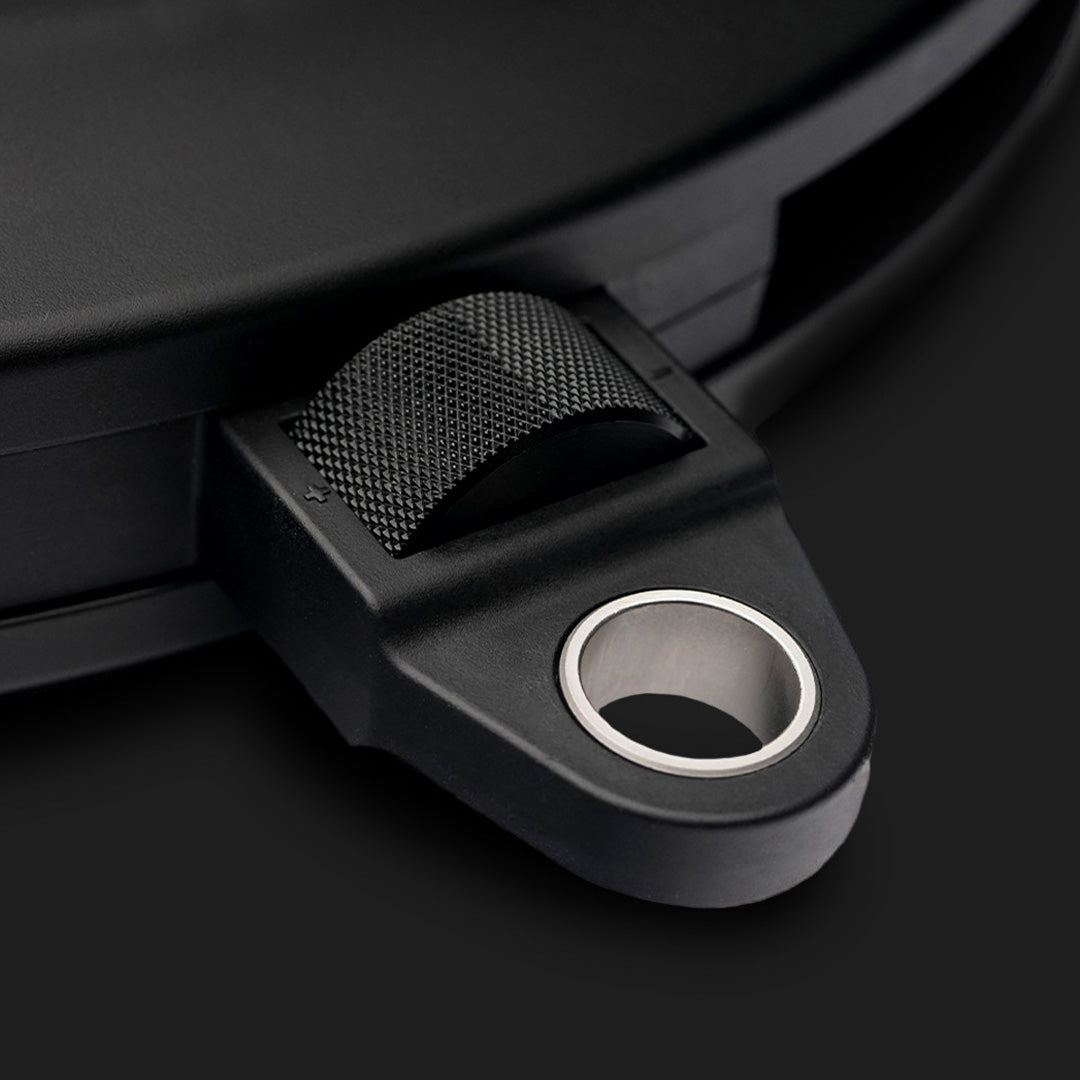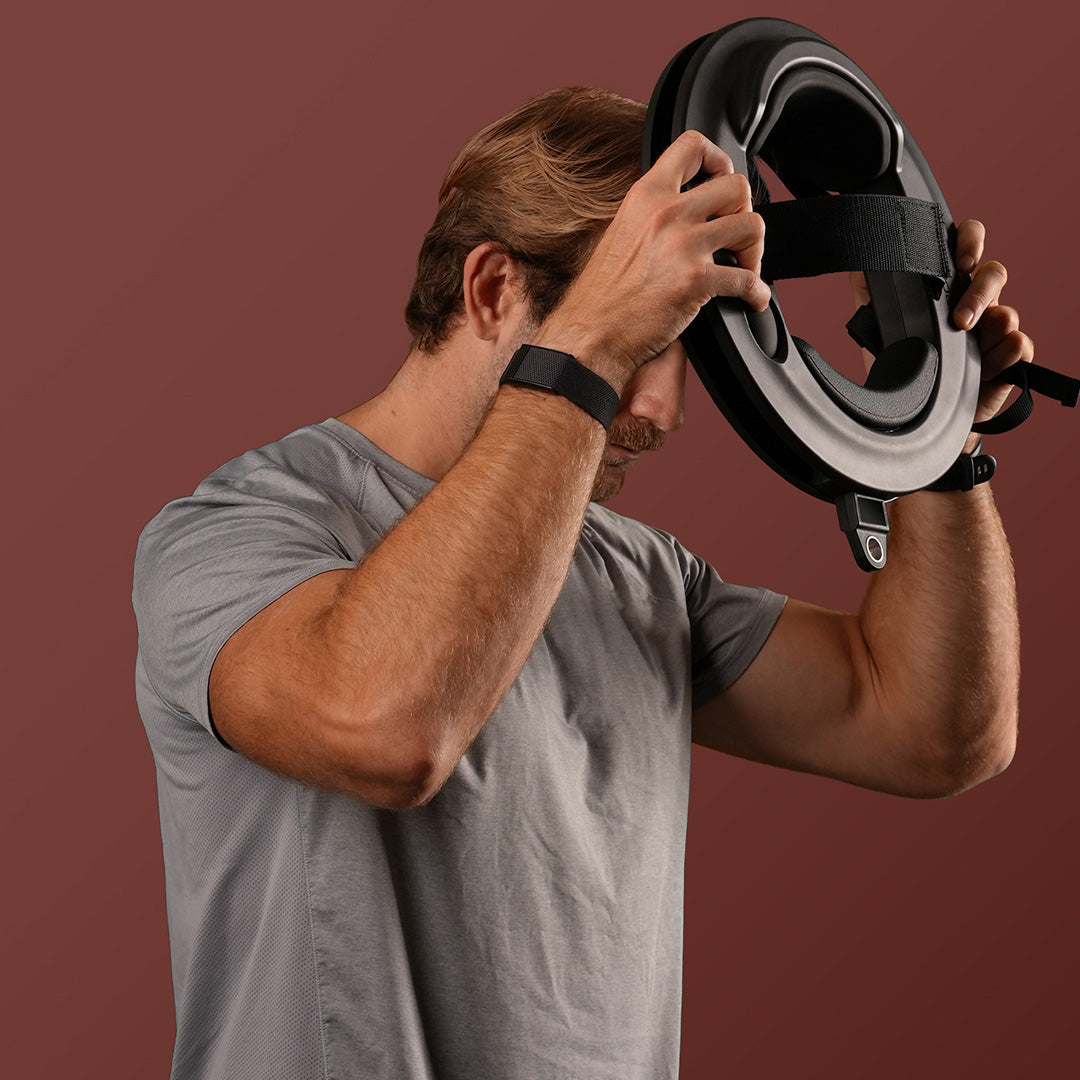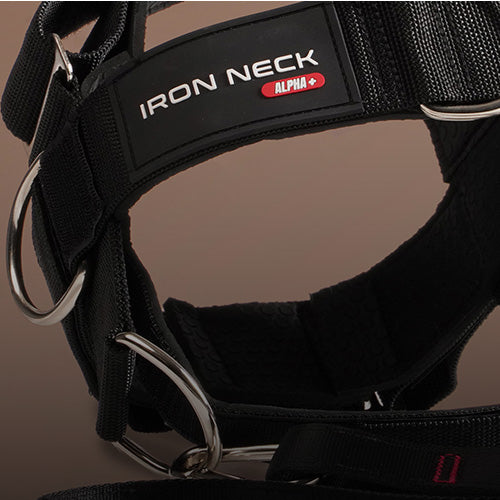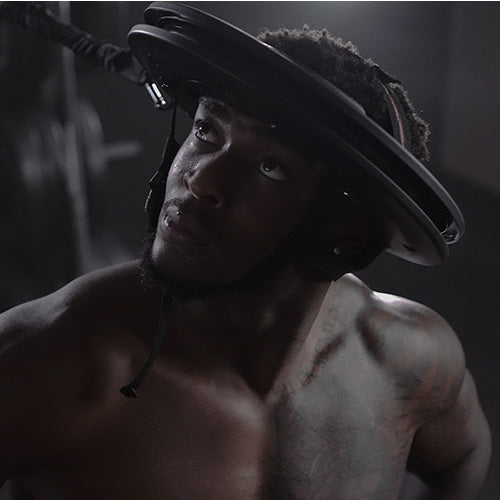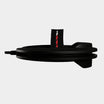Resurrecting a football program is no small task. For University of Alabama at Birmingham's Director of Sports Performance, Lyle Henley, it begins with a commitment to hard work and exploring new ways to challenge his athletes in the weight room. An innovator in his field, Henley has trained the likes of Julio Jones, Mark Barron, DJ Fluker, TJ Yeldon and several MMA fighters. A bright future for the Blazers relies heavily on Henley's ability to implement and refine a strength and conditioning program that is sustainable year over year.
BIRMINGHAM, AL - On the wall in Lyle Henley’s office are the pictures of nearly twenty first round NFL draft picks, guys Henley trained earlier in his career when he was a private strength coach. Many of the photos are of players Henley has trained from the time they were in youth football, and he was fortunate to have the opportunity to mold them as both athletes and young men as they pursued their dream of going pro.
For Henley, the Director of Sports Performance at the University of Alabama at Birmingham (UAB), building relationships with his athletes on earned trust has been fundamental to developing them to reach their full potential. More importantly, it’s crucial to developing good teammates and better people – which has always been Henley’s long-term goal.
In the short term, Henley hopes to develop UAB football players that will bring a resurgence to the once-dormant Blazer football program. And in the process, giving them a great chance to add their names to the growing list of players he’s helped reach the NFL.
A HUNGRY WARRIOR HUNTS BETTER
In recent years, UAB football has been a comeback story in the making. After being shut down in 2014, alumni donors brought the program back, and after two years of fundraising, recruiting and rebuilding, the Blazers went 8-5 in 2017.
“It was easy to play the underdog role these last couple of years,” says Henley. “They shut you down, nobody believes in you, they picked us 130th in the nation, dead last going into that first year. So that was the easy war cry. After going 8-5 in our first season, then it was, ‘well, you had 35 seniors, we’ll see how you react to losing those guys.’”

In 2018, the Blazers went 11-3, winning the Conference USA Championship.
“The story writes itself every time,” says Henley. “Now that these guys have been to the Land, they don’t want to leave, they want to go back.” Henley’s approach to developing his players is built around sound process and curating leadership qualities as his kids grow with the program.
“We’re all about the process. The journey to get there is what’s important. I love watching these guys grow during their journey. Our motto right now is ‘A hungry warrior hunts better.’ The kids know that the extremely hard work they have to go through, it pays off.”
ROOTS IN COMBAT SPORTS TRAINING
After a college playing career at Louisiana Tech in the mid-‘90s and coaching stops at Alabama and Louisiana Tech, Henley opened his own gym in Mobile, Alabama, The Athlete Factory. Over the next decade, Henley trained the likes of Julio Jones, Mark Barron, DJ Fluker and TJ Yeldon, just to name a few. “I feel like I got lucky,” Henley admits. “At the time that I made the move into private training, there was so much young talent in the Mobile area.”
In addition to working with NFL prospects in the private sector, Henley also worked with a slew of high-level mixed martial arts (MMA) fighters. MMA and football are certainly two distinctly different sports, but Henley discovered the intersection of training is surprisingly broad, and when he rejoined the ranks of collegiate athletics, he found numerous applications for training that has its roots in combat sports.
While working with MMA fighters, Henley focused on training anything that would give those athletes an advantage on the ground, incorporating anti-rotational exercises, using bungees to add extra resistance and developing grip strength. Henley says the football players who had a background in this sort of training would find they had a distinct advantage when it came to the details of winning their one-on-one matchups – especially the linemen.
“When you start recruiting these guys and looking at tape, you can tell the guys who have a background in wrestling or other combat sports,” says Henley. “The first thing you hear is, ‘Wow, look at this guy's hips. Look at the leverage he has coming off the line.’ When you get in those trenches, all those guys are big and strong and explosive. But the guy that knows how to bend, and understands overcompensation one way or the other, and understands center of mass and gravity – that's going to be a huge advantage for you when you are on the line of scrimmage.”
Most high-level football players aren’t likely to have a deep understanding of disciplines like Judo or Brazilian Jiu Jitsu, but it’s not uncommon to see elite college football players who were state champions in wrestling. Regardless of how much background players have in the combat sports world, Henley finds that borrowing some of their training concepts pays dividends.

At UAB, Henley incorporates grappling drills that he used at The Athlete Factory. He teaches players concepts ranging from simply working underhooks or hand fighting, to drilling a better understanding of leverage based on concepts borrowed from Muay Tai. Henley also incorporates heavy bag drills into his training, working on striking, movement around the bag and even lifting the bag to work side-to-side leverage.
“There are a ton of drills I would see, especially in the warmup progressions leading up into some of the classes that our [MMA] guys would teach,” says Henley. “We do those drills for conditioning and throw in different circuits that we teach as well. So, especially in the summertime, we try to spend as much time on specialized training as we can.”
While Henley may feel lucky that he was presented with the opportunity to train a lot of young, promising athletes, it’s what he did with these opportunities that mattered. Many of these players continued to come back to train with Henley, even after they moved on to college and then to the pros.
“What’s cool now is that some of the guys that I trained have brought their 10-11-year-old sons to train with me,” says Henley. “To me, that’s what it’s all about because I can see the trust these guys continue to have in me.”
THE VALUE OF TENSION & ISOMETRIC CREATIVITY
Henley’s ability to incorporate training from combat sports into his strength and conditioning program speaks to his creative mindset. He has always claimed to be an outside-the-box thinker, and evidence to support that claim can be found all over his program. In addition to his extraordinary approach to using training borrowed from combat sports, Henley finds other ways to add layers to his training that improve on-field performance in nuanced ways without detracting from his core mission to develop bigger, faster and more explosive athletes. Traditional weight training by itself does the job of developing more explosive movement and building muscle, but Henley combines active isometrics with his weight training to great effect – increasing stability and improving movement patterns.
Henley says he adds a stabilization component to all of his pillar exercises, using resistance bands or bungees to create tension from several different angles. Not only does this added tension increase development of the stabilizer muscles, it also improves their posture and positioning.
“We are always telling the guys to fire their glutes or squeeze their quads or drive their rib cage down, which require muscles that you use with any type of core strengthening exercise,” Henley explains. “By adding tension to these movements, we put a little bit more pressure on them and they are able to achieve the correct positioning a little bit easier. If I'm cuing a guy to do a certain exercise and movement over and over and over, it's amazing how when we put them under tension and give them those cues, all of a sudden they hit home, and they get it right. There's something about putting them under tension where they can feel it.”
One of the biggest issues Henley often sees, particularly with his younger players, is poor positioning of their head throughout a lift progression. Historically, there haven’t been a lot of tools for coaches to use tension on the head and neck to naturally improve posture. In 2017, Henley found a solution for that problem, in the form of Iron Neck – a device that quickly fits to each players head like a hat and uses tension and rotational resistance to strengthen the neck. As soon as he began incorporating it, the weaknesses in his players’ kinetic chains were revealed, and they were forced into correct positions.
"Our strength and stability movements are testing time under tension,” Henley explains. “By adding Iron Neck in, it forces our players to hold their heads up. It makes it way more challenging and more importantly teaches them to get in the correct position through feedback they can feel.”
By applying horizontal resistance at the top of the kinetic chain, muscles throughout the neck, back, core and legs are activated through isometrics, forcing the entire body to stabilize against the force. It provides another tool for strength and conditioning coaches to incorporate isometrics into their training in ways they may not have been able to in the past.
FROM POSTURE & MOVEMENT TO SAFETY
Henley’s approach to incorporating neck strengthening into various movements allows for some form of neck training to be done every day, and this increased frequency in neck training accomplishes more than just improving posture and movement. Research has found that improved next strength can reduce the risk of sustaining concussions by reducing whiplash and rotational forces that are often left out of the player-safety conversation. In fact, Henley says that training the neck is the number one way for a strength and conditioning coach to help prevent concussions.
“The football game is so chaotic,” says Henley. “You never really know where the next hit is coming from. Our guys deliver, and they absorb hits better than they did in the past. I would 100 percent contribute that to the different movements we put our guys through under tension.”
Strength and conditioning coaches are often regarded as the heartbeat of a collegiate football program. No coach spends more time with players throughout the year. During the summer when there are NCAA limitations on how much other coaches can see the players, the strength and conditioning coach is responsible for preparing them for the threats and opportunities in the season ahead.
At UAB, Henley prioritizes the safety of his players above all else. The Blazers have a hunger to win, but not at the expense of the long-term health of their student-athletes.
“Keeping my athletes healthy and winning games is important, but at the end of the day, we’re sending good men into the world and that is what’s most important.”
A CLOSER LOOK INTO LYLE HENLEY’S TRAINING

Squatting Resistant Punch - “This is more of a spine and neck stabilization drill that’s teaching you how to take a hit,” explains asst S&C coach, Clay Templeton. “The reason we rotate 360 degrees is you never know where the hit’s gonna come from.”

Single Arm Front Plank - “The more our coaches and players got comfortable with Iron Neck, the more positions we explored with it,” says Henley. “I now have a list with over 50 exercises that we do with the Iron Neck. Training neck stabilization in these various positions tests our players in ways we previously never could.”

Neck training for shoulder rehab - Henley has found ways to incorporate Iron Neck as a rehabilitation tool. Athletes with shoulder injuries can target muscles like the levator scapulae, which connect the shoulder to the cervical spine, and can be strengthened through rotational movement of the neck.


